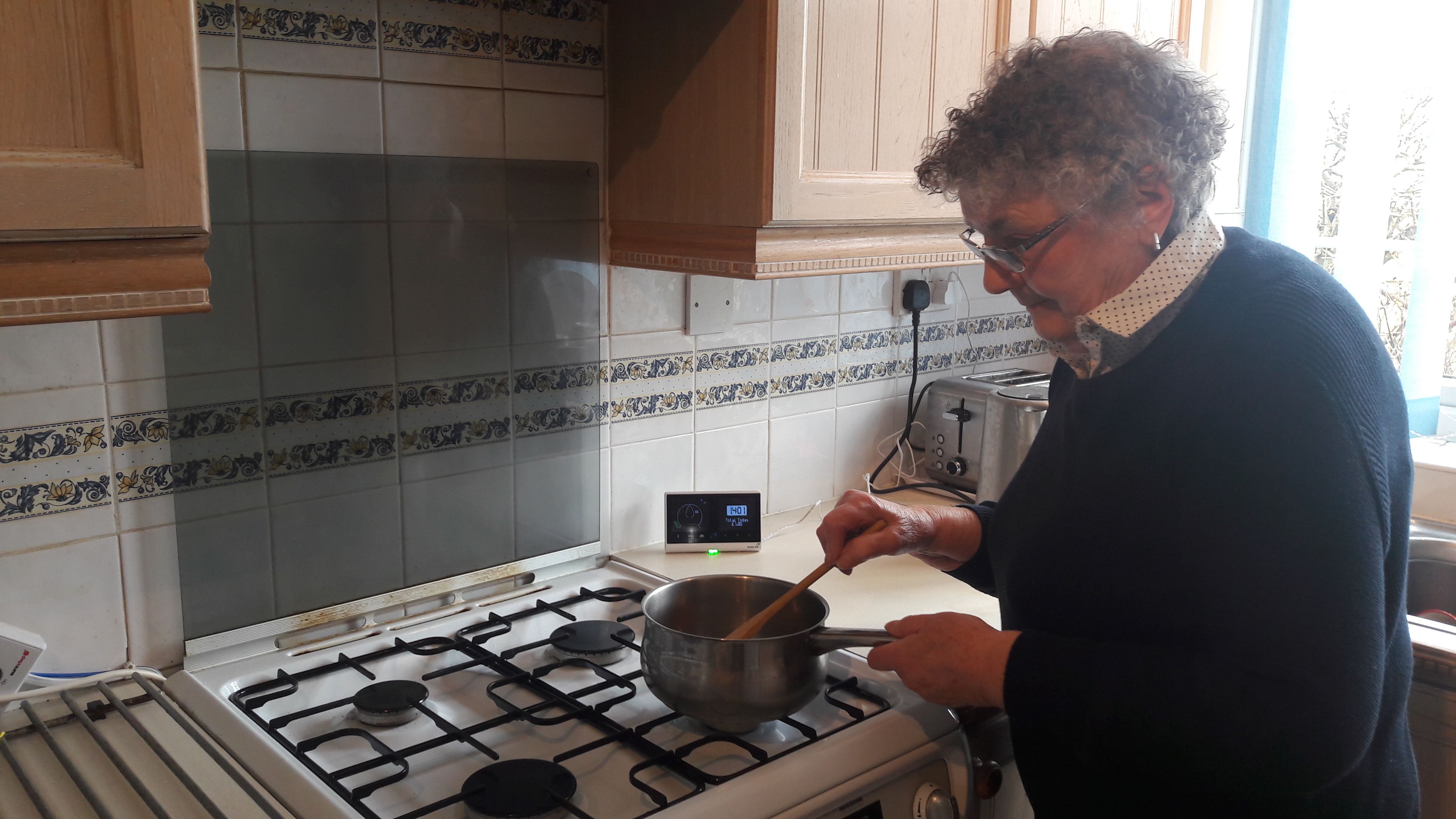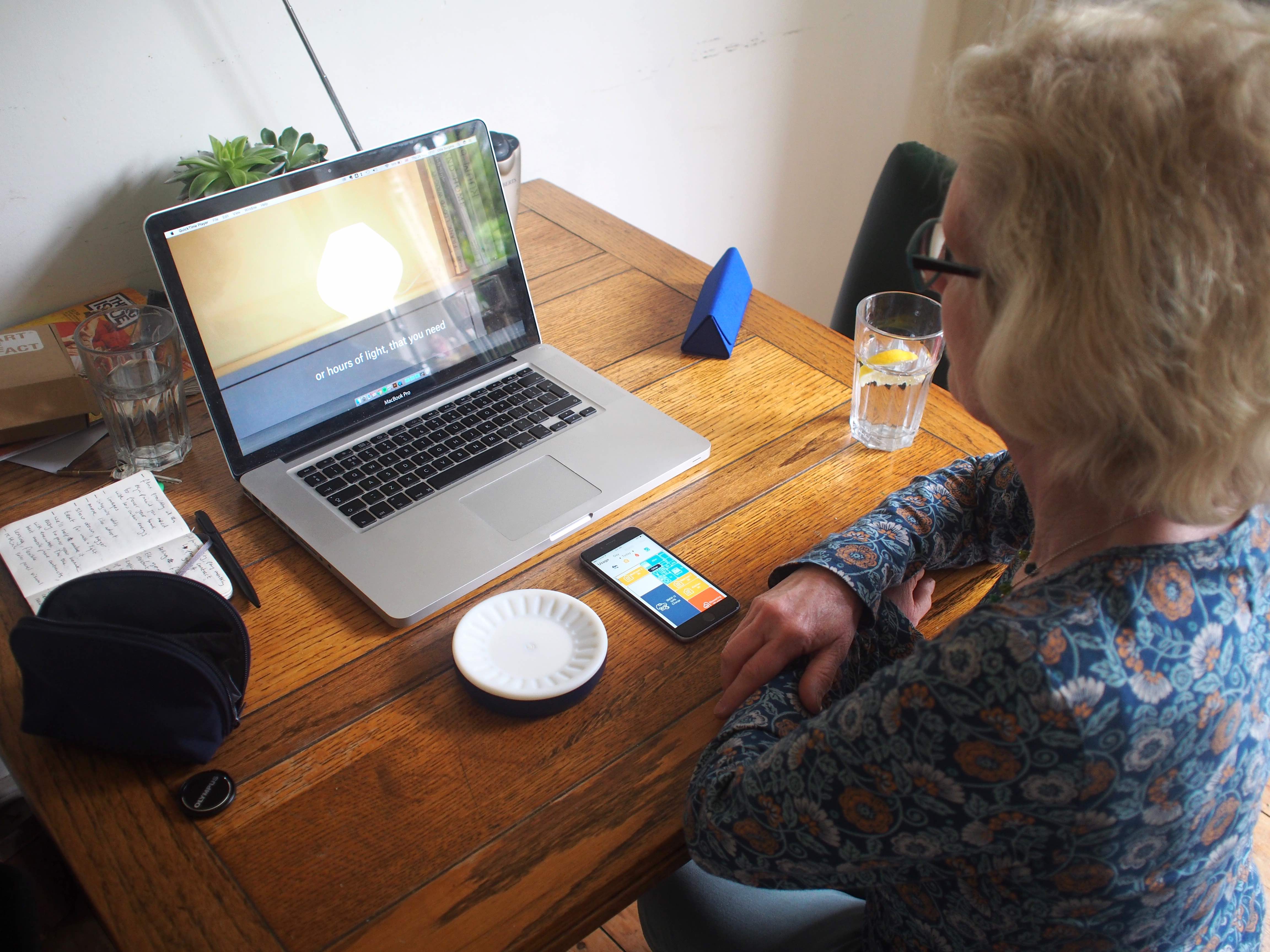Flux
- Solo Project
- 2018
Proposal summary
Problem
To meet the Paris Climate Accord emissions target, the UK must convert one million homes to run from low-carbon energy sources each year until 2050. The current rate is just twenty thousand. Meeting this target does not depend on radical innovation, rather the integration of known but underdeveloped technologies, including: photovoltaics; domestic batteries; and low-carbon heating. Whilst most of these are already available, there lacks a simple and affordable solution that could empower householders to lead the transition.

Visualising the scale of the problem
Insights
The problem area was explored from both macro - energy industry context and trends - and micro - householder needs - perspectives. This uncovered a variety of key insights, including the suggestion that householders are put off by the high upfront cost of current low-carbon equipment and are confused by the kilowatt hour.

Householder insights

Mapping a wicked problem

Energy industry context
Proposal
Flux is a near-future energy service provider that supplies this equipment in a monthly leasing contract. As part of the contract, customers buy energy in terms of applications - like wash cycles or car charges - rather than kilowatt hours, using a more understandable language for energy usage. The Flux energy management system features both a physical and digital user interface. A physical device - Ele - ambiently displays energy used against an AI generated daily budget, to help users stay within their monthly tariff. The Flux App offers a more detailed breakdown of energy usage and centralises the control of devices.

Flux user interface

Physical interface - Ele
Design Development
Building from the householder insights, the focus was to develop a discreet physical interface that could communicate energy usage simply, for easy cognition, alongside a mobile application for a more detailed and intuitive breakdown of proportional energy use.

Form prototyping

App explorations

App prototyping

Flux system architecture
User Testing
The proposal was tested with a group of potential users throughout the design process. The proposed product-service system and interface was well received by users who found it a visulaly compelling alternative to their current energy meters, and welcomed the potential convenience and simplicity of a leasing contract for low-carbon equipment.

Interview and testing with householder